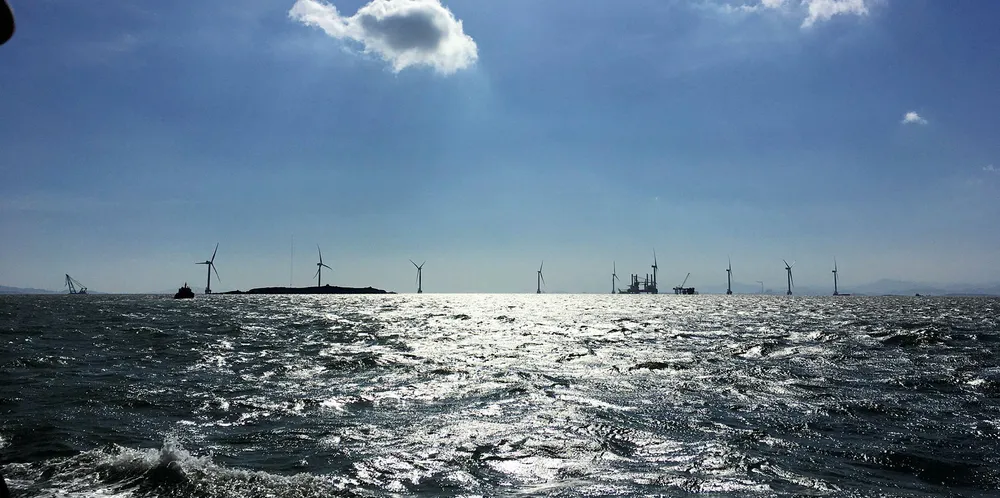'Offshore wind power is now vital for our planet’s future'
From supercharging the hydrogen economy to powering fish farming, offshore wind points the way to a world run by renewables, writes Darius Snieckus

The power-generating potential of offshore wind rises with every new market forecast — and with it the appetite of the fast-growing industry taking shape with it. The 30GW of turbines currently turning around the world will explode into a $1trn-plus market with 1.2TW in operation by 2050, according to the Ocean Renewable Energy Action Coalition (OREAC), a 14-company group led by developers Orsted and Equinor.
And the International Finance Corporation recently modelled a 15TW technical potential off a total of 48 emerging offshore wind markets. Capital investment in the sector’s market pacesetter, Europe, could match offshore oil & gas next year and eclipse it in 2022, as the collapse in global crude markets takes its toll on petrogiants’ project development ambitions, according to analyst Rystad.
The rise of offshore wind in a few short years from high-priced niche power play to a fossil fuel-competitive engine of the global energy transition is without industrial precedent. But it is in next decade that the sector’s fate will be formed.
Big Oil is plainly going to play a big part: Shell, Total and Eni have all nailed their colours to the mast with international projects, joining the world’s largest offshore oil & gas operator, Norway’s Equinor, which has been building wind farms at sea for more than a decade. For these old energy giants it is a matter of corporate survival.
But though global scale-up, which has taken the price of offshore wind below €50 ($56) per MWh, will be hugely helped by supermajors channeling investment into the coming build-out, the added value will be how it fuels the international industrial ecosystem that emerges with the hundreds of gigawatts to be installed to 2030.
Most of all, offshore wind is being put at the heart of models for the hydrogen economy on the horizon — needed to help decarbonise heating, transport and heavy industry. In Germany, the government has set out a market-making green hydrogen strategy with gigawatts of production from seaborne wind.
With $130trn needed to be spent worldwide on renewable energy in the next 30 years to reach net-zero emissions, by International Renewable Energy Agency calculations, investment will be transformative to national economies. True too of offshore wind, which will provide millions of jobs from Salem, New Jersey to Ulsan, South Korea, while creating a new innovation-driven digital ocean energy economy.